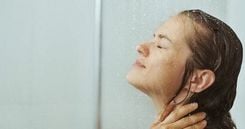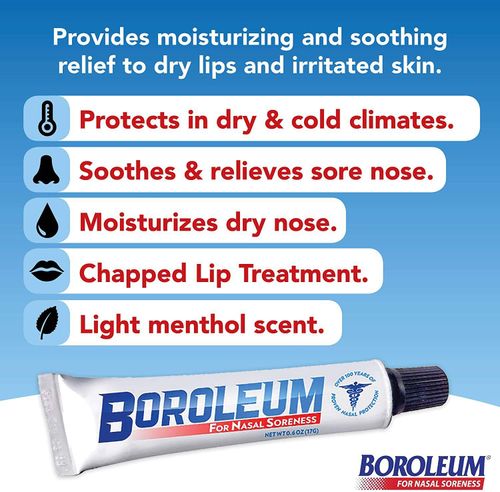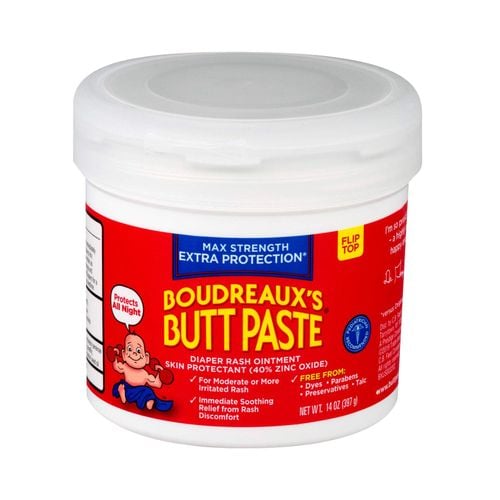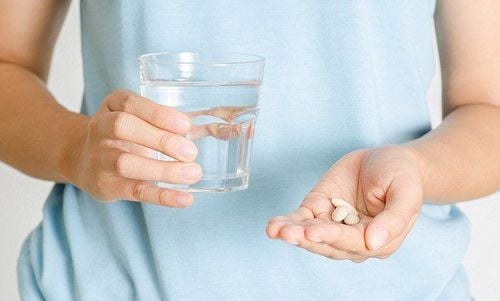This is an automatically translated article.
Corn flour is very popular in every family's kitchen, because it is an ingredient with many uses with its thickening and hygroscopic properties. In general, the effects of cornstarch are very useful in daily life.
1. Nutritional composition of corn flour
Cornmeal or cornstarch is a fine powder milled from the core of the corn kernel. The nutritional ingredients in cornmeal are also very rich, including fat, fiber, sodium, potassium, magnesium, sugar, protein, calcium, iron, vitamins A and B,... These substances are all very good for the body. human body and is an essential nutrient for a healthy body.
Because cornstarch does not contain trans fats, they will help balance excess fat in the blood and prevent cardiovascular disease. Cornstarch can also be used as a solid food for babies from 10 months old.
2. The effect of cornstarch in life
The effect of cornstarch as a binder or thickener in the processing of various dishes creates a more distinctive taste. When making cakes, corn flour is an indispensable ingredient, making the cake fragrant, delicious and safe for health. Cornmeal can also be used to make alcohol or soft drinks.
In addition to the uses of cornstarch mentioned above, in daily life, it is also used with many other great effects such as:
Soothes sunburned skin Besides being used in food processing Another use of cornstarch is to treat skin irritation effectively and economically. Although there is little research demonstrating cornstarch's ability to soothe irritated skin, many people have used it to soothe burned skin and relieve itching.
To soothe the skin, mix cornstarch with a little water in a bowl, until it forms a paste. Then apply the mixture to the skin in a thin layer and leave it on until completely dry. Wait for a while and rinse with warm water.
Deodorize odors and mold with cornstarch Cornstarch can also effectively deodorize objects. If you can't use chemical deodorants because they easily irritate your skin, try using cornstarch instead.
Thanks to its effective hygroscopic properties, cornstarch is like a natural deodorant that helps regulate sweat production.
To make your own cornstarch deodorant, take 3 tablespoons (45 mL) of coconut oil, 2 tablespoons (16 grams) of cornstarch, and 2 tablespoons (28 grams) of baking soda.
If the coconut oil has solidified you should microwave it for 15-20 seconds or until it melts into a liquid. Then, slowly add the cornstarch and baking soda until it forms a thick paste. You can also add a few drops of essential oils to make them smell better. Then, soak a cotton ball in the mixture and apply it to areas where the body sweats a lot, such as the armpits.
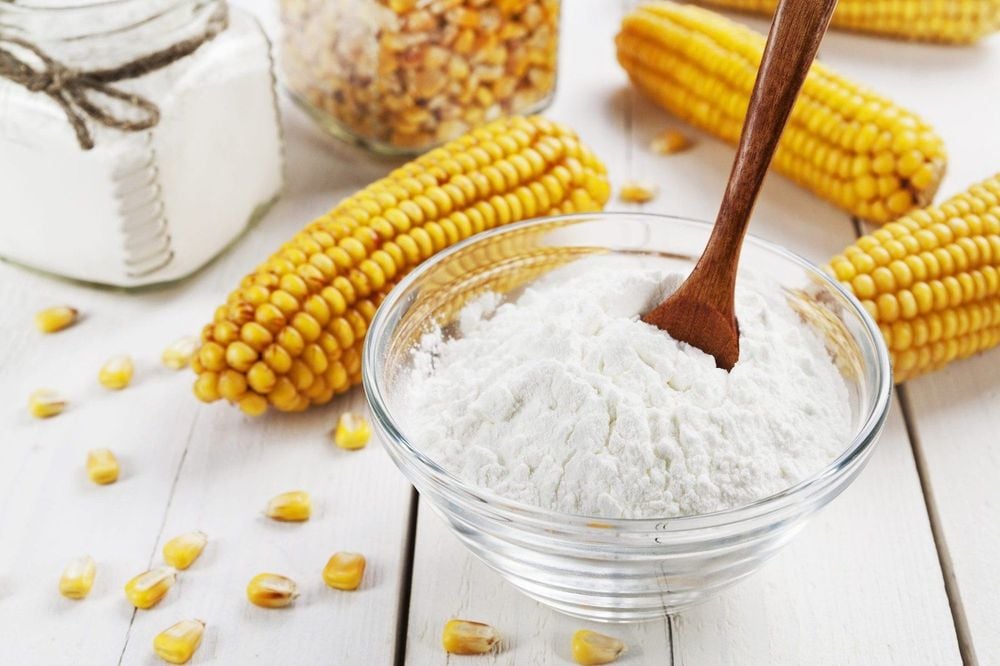
Công dụng bột ngô phát huy khi bạn sử dụng để khử mùi hôi và nấm mốc
The use of cornstarch is very effective in deodorizing the musty smell of books. Sprinkle cornstarch on moldy pages and leave overnight. Wait until the next morning, dust off the cornstarch, your pages will be free of mold.
Cornstarch is used to make dry shampoo You can also use cornstarch as a natural dry shampoo that is very safe and effective. Because cornstarch works very well in absorbing excess oil on the skin.
You sprinkle a small amount of cornstarch on the roots and then slowly comb gently to the ends. To make it easier, you should use a clean makeup brush to dab the powder into the hairline. Since cornstarch is light in color, it may not be as effective for people with dark hair.
Cornmeal Bath Although there are no studies to prove any benefits from taking a bath with cornmeal, some people have found it to be effective in keeping the body clean and comfortable.
You can mix cornstarch with a generous amount of whole milk powder and baking soda. Cover and shake well, finally add a few drops of essential oil to help the body smell better.
Prevents athlete's foot Tinea capitis commonly occurs when your feet are constantly exposed to moisture, creating conditions that allow fungi such as Trichophyton rubrum, Trichophyton mentagrophytes and Epidermophyton floccosum to grow. Although cornstarch cannot treat or cure tinea pedis, it can help prevent it from occurring. Simply sprinkle some cornstarch on your shoes to reduce moisture, or add it to moisture-wicking socks.
But if you suffer from tinea versicolor frequently or severely, you should use more suitable treatments such as topical antifungals, rather than using cornstarch for treatment.
Use as a cleaning agent for stains on objects A surprising use of cornstarch is its ability to clean and shine objects such as furniture, household furniture. Cornstarch also helps to remove tarnish from jewelry by mixing it with a little water to create a thick paste and rubbing it over the object to be refinished.
In addition, the effect of cornstarch is also found in cleaning grease and blood stains on clothes. Cornstarch is also an all-purpose natural cleaner in the home. By spraying water on the glass and then adding some cornstarch and drying, the glass will become more shiny.
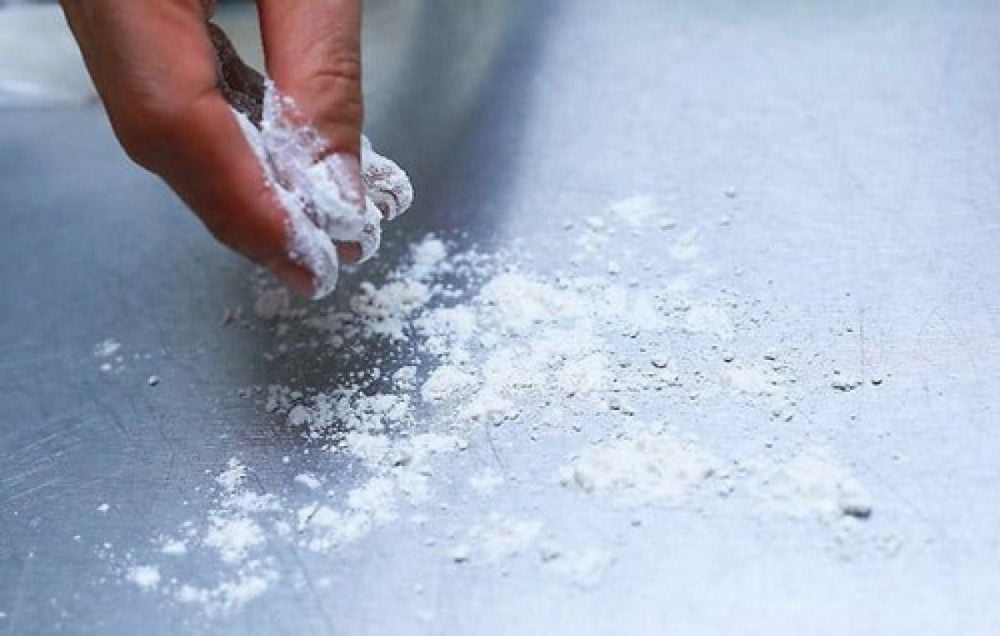
Tác dụng của bột ngô được tìm thấy trong việc làm chất tẩy rửa các vết bẩn trên đồ vật
Cornstarch Untangles Knots If you have a large tangle of hair, try sprinkling cornstarch on that area. Cornstarch has the effect of reducing friction and lubricating the hair strands. This will make it easier to untangle the knots.
Heals insect bites or rashes Insect bites, itching and discomfort, get worse when your skin is wet. Cornstarch can help tighten the skin around the bite so it won't be itchy and uncomfortable anymore.
Mix 3 tablespoons cornstarch with 1 tablespoon cold water until a paste is formed. Then, apply it on the wound and leave it on until it dries. It can also be left overnight for maximum effect.
Reduces shrinkage of blisters and cracks with clothing Blisters and cracks may be worse in wet environments or when rubbed against other surfaces, such as shoes and clothing . You can reduce this by putting a small amount of cornstarch on the blister to reduce friction between the two surfaces and keep the wound dry. However, do not apply cornstarch to blisters or open wounds, as this can lead to infection.
Cornstarch is an ingredient with many uses with its thickening and hygroscopic properties. The uses of cornstarch are very useful in daily life. However, do not apply cornstarch on open wounds or on your face, as it can cause infection and clog pores.
Please dial HOTLINE for more information or register for an appointment HERE. Download MyVinmec app to make appointments faster and to manage your bookings easily.
Reference sources: webmd.com, healthline.com
